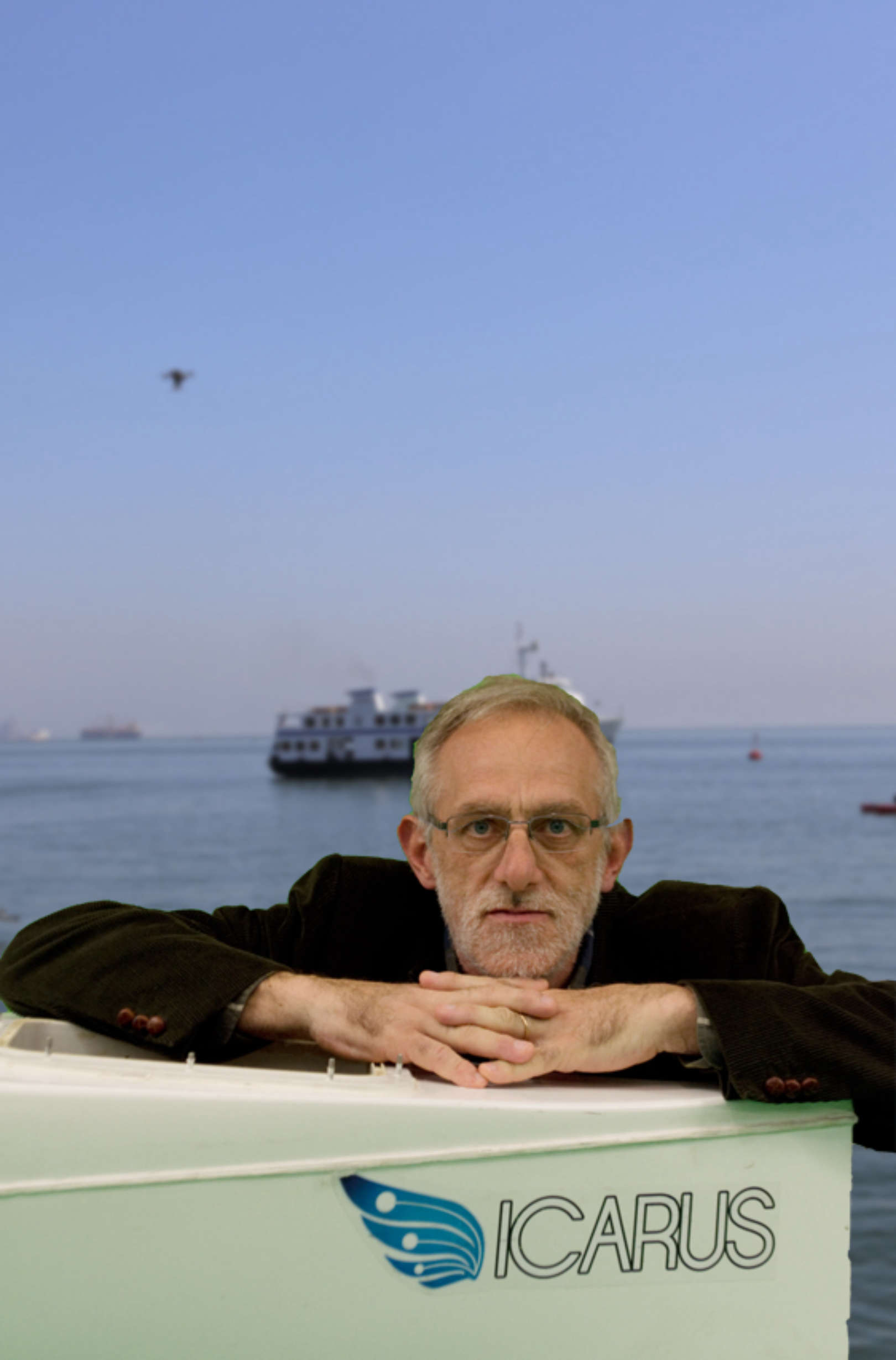About
I got my graduation in Electrical and Computer Engineering in the Faculty of Engineering of the University of Porto in 1985. Since then, I was admitted as a teaching assistant in the Faculty of Engineering of the University of Porto and, at the same time, I entered in the recently created INESC in Porto. In the first years I have developed work in the areas of Operational Research, Computer Graphics and Microelectronics, the topic of my final graduation project. For several years I was with the group CAD & Microelectronics at INESC and more recently I joined the Center of Robotic and Autonomous Systems, where I have collaborated in the design and development of marine robotic systems, in particular high autonomy unmanned marine vehicles.
I concluded my PhD in Electrical and Computer Engineering in 1998, in the area of the design and development of custom computing systems. Presently I am Associate Professor in the Faculty of Engineering of the University of Porto, where I have been teaching in the areas of advanced digital design for integrated technologies, digital microelectronics and electric circuit analysis. My main R&D area is on the design and implementation of custom computing systems in reconfigurable digital systems, currently supported by FPGA technology (Field-Programmable Gate Arrays).


